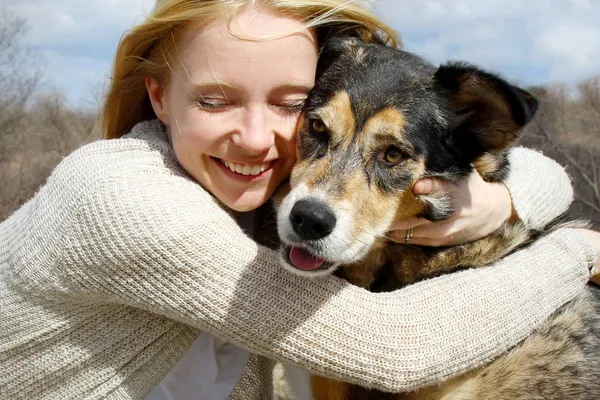The Evolution of Dogs: From Workhorses to Emotional Companions
Dogs have undergone a remarkable transformation over the years, evolving from hardworking animals to emotional companions. Unlike most pet dogs, service dogs are often drawn to strangers, even as puppies. This unique trait, noted by canine cognition researchers Brian Hare and Vanessa Woods, highlights a deeper shift in how dogs interact with humans. It’s not just about their behavior; it’s about their genetics and brain development being shaped by our way of life.
A Shift in Purpose
A few decades ago, dogs were primarily working animals, herding sheep, chasing pests, or guarding homes. Today, many dogs are more likely to be found curled up on the couch rather than patrolling the yard. This change isn’t just about convenience—it reflects a broader trend in how we view and train our pets. Researchers now believe that our preference for relaxed, sociable, and adaptable dogs is driving what’s known as a “third wave” of domestication. This wave focuses on temperament and social intelligence, moving beyond appearance or utility.
The Role of Oxytocin
At the heart of this evolution is oxytocin, often called the “love hormone.” This chemical plays a crucial role in human bonding, and it turns out it’s equally important in the bond between dogs and their owners. A study conducted at Sweden’s Linköping University found that dogs with specific genetic variants of the oxytocin receptor were more likely to seek help from their humans. In one experiment, 60 golden retrievers were given an impossible-to-open treat jar. Those with a particular receptor variant were more inclined to look to their owners for assistance, showing a natural inclination toward human connection.
Genetic Influence on Behavior
The influence of genetics on dog behavior is significant. Variations in the oxytocin receptor gene have been linked to proximity-seeking, friendliness, and attachment behaviors. These traits vary by breed, according to a comprehensive genetic study. For example, German Shepherds with a certain allele of a specific OXTR SNP showed higher levels of friendliness, while Border Collies exhibited the opposite pattern. This suggests that the “cuddle factor” isn’t just about upbringing—it’s embedded in a dog’s DNA.
The Importance of Environment and Training
While genetics play a key role, environment and training are equally important. Programs like the Duke Puppy Kindergarten focus on selective breeding and early socialization to raise dogs that can handle the demands of modern life. These programs teach dogs to remain calm and focused in busy environments, making them ideal companions for people living in urban areas. The combination of genetic predisposition and positive conditioning creates the ideal service dog—calm, attentive, and highly adaptable.
Oxytocin’s Broader Impact
Oxytocin’s effects extend beyond genetics and training. Studies have shown that administering oxytocin nasal spray can increase a dog’s play motivation, willingness to seek help, and tendency to gaze at humans. One experiment found that dogs played more frequently and for longer periods after receiving the treatment. This could have future applications in helping dogs with social anxiety or difficulty bonding.
A New Era of Domestication
Looking at the bigger picture, the domestication of dogs has evolved through different waves. The first involved wolves being attracted to human settlements due to food, leading to reduced fear and aggression. The second wave, following the Industrial Revolution, focused on breeding for appearance and status. Now, in this third wave, we’re selecting for dogs that are emotionally attuned to our fast-paced, socially complex lives.
The Future of Human-Dog Relationships
The implications of these findings are far-reaching. They offer insights into how genetics, hormones, and environment shape behavior, not just in dogs but in all living beings. As scientists continue to explore the role of oxytocin, it’s clear that the relationship between humans and dogs is more than just a bond—it’s a dynamic, evolving partnership woven into our biology. Service dogs, with their natural affinity for strangers, exemplify this transformation, proving that the connection between people and dogs is deep, meaningful, and ever-changing.







